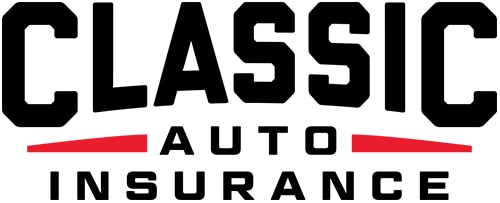We want to help our readers better understand their auto policies so that they know what they’re getting when they sign up. We recently spent some time with a battalion of auto insurance claims adjusters (each with thousands of hours of experience working with clients, agents, repair shops and dealerships) in order to pick their brains about the most common problems and misunderstandings inherent to their industry.
One of the most common misunderstandings these claims adjusters encountered is a lack of clarification about the terms “pre-loss condition” and “original condition” when it comes to vehicle restoration.
Insurance agents often cite these terms as a selling point, so it’s very important to understand what you’re signing up for when you choose your auto-insurance. Especially in the instance of classic automobiles, which often are undergoing restoration continually, owners and collectors should be well informed about what these terms indicate.
The Myth of Original Condition Restoration
Many, many insurance customers mistakenly believe that an insurance policy will cover the cost of a fully restored vehicle in the case their classic auto is wrecked. This simply would be impractical if not impossible, and no insurance company offers this sort of policy.
However, don’t fret—there’s still good news about your classic auto restoration.
When filing a claim for damage to your classic auto, the law permits you to seek restorations that “indemnify” or “make you whole again.” This language exists to ensure the insurance company is required to help place you in, as best as can be arranged, a position identical to the one you were in before your collision. This is called “pre-loss condition.”
What Is Pre-Loss Condition?
The term “pre-loss” refers to the condition of your vehicle before it was damaged in a collision or another unintended circumstance. The insurance company will pay a repair shop to achieve as close to that condition as humanly possible.
Your contract with your insurance company requires that they fulfill this responsibility. While it’s important to understand that this does not mean that an insurance company will rebuild your classic Chevy C10 with historical accuracy, it does mean that they will cover the replacement of any original parts or restoration labor you’ve already invested.
It’s especially important to note this difference in regard to classic autos because original parts are often rare, expensive or out of production. Your insurance policy only will cover parts that were in the vehicle to begin with. But you are entitled to original parts assuming they are available and they were originally installed.
Your insurance adjusters will assist you and your repair shop in trying to find high quality parts. Insurance adjusters that work within the classic car industry share the same passion and their goal is getting your car repaired and back to pre-loss condition.
There are several areas on which repair companies will focus when restoring your vehicle to pre-loss condition:
- Function: The vehicle must perform to at least the same capacity that it did before the accident.
- Safety: All of the safety features and redundancies (such as airbags) must be returned to the state they were in pre-accident.
- Value: The repair-related diminished value must be minimized or eliminated.
- Appearance: The vehicle must appear aesthetically as it did prior to the collision.
Collector and Classic Car Insurance for Less
We want you to understand and have faith in your classic auto policy. Let Classic Auto Insurance customize a policy to fit your needs. We offer affordable Agreed Value coverage for a variety of collector, classic and custom vehicles. Our friendly, knowledgeable staff can answer your questions and give you a quote on the spot.
Call (888) 901-1338 or get an instant quote online, and see how we can help safeguard your dream car.





